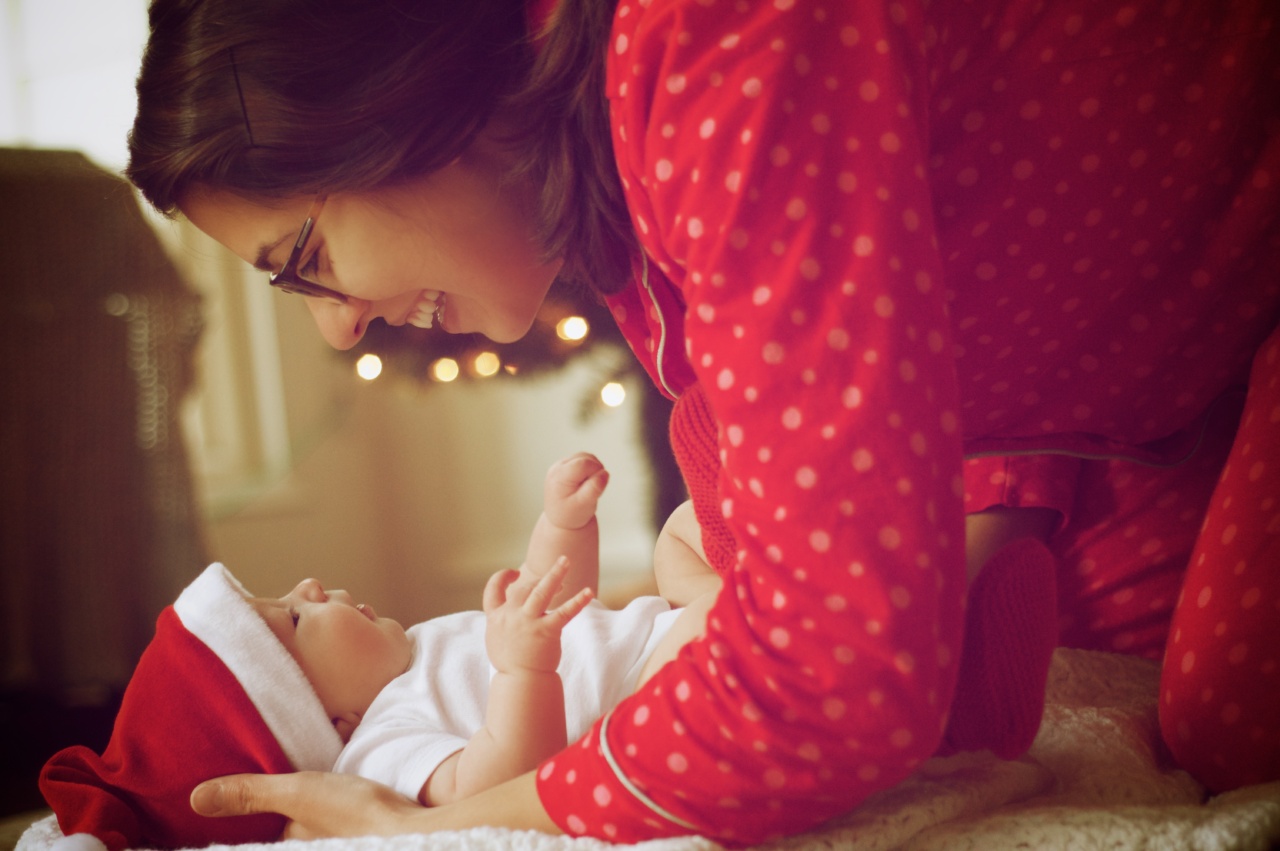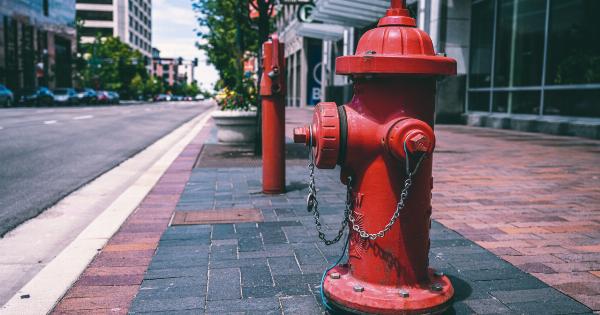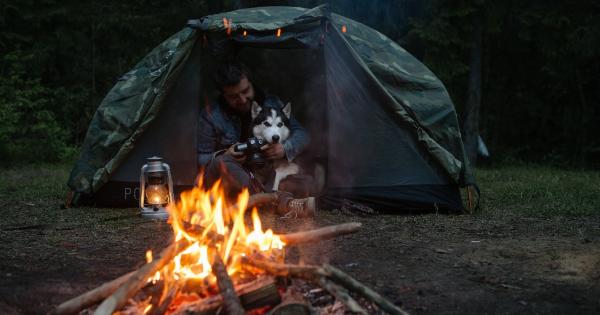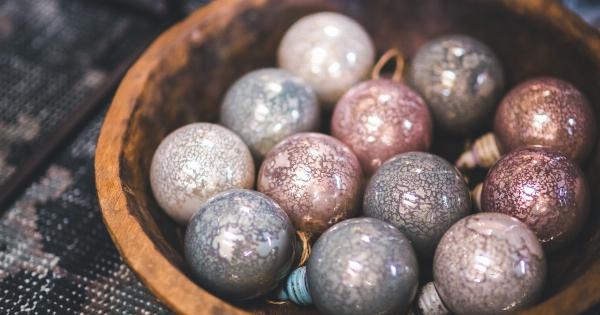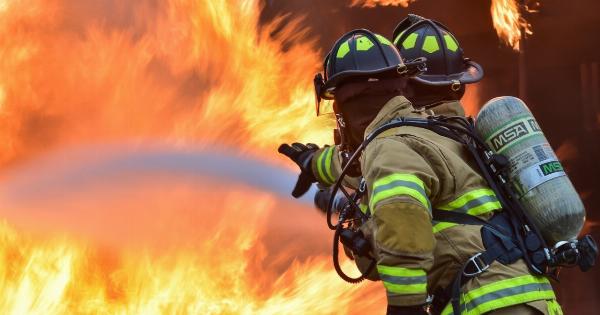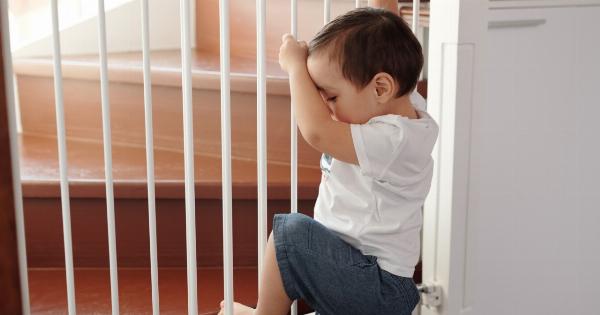The holiday season is a time of joy and celebration for families all around the world. With Christmas just around the corner, it’s important to prioritize child safety to ensure a happy and accident-free holiday.
Decorating the house, cooking festive feasts, and exchanging gifts are all part of the holiday tradition, but they also pose a potential risk for children. By being proactive and taking simple precautions, you can create a safe environment for your little ones to enjoy the holiday season without any mishaps. Here are some tips to help you avoid child injuries this Christmas season.
1. Christmas Tree Safety
One of the first things that come to mind when we think of Christmas is, undoubtedly, the Christmas tree. To prevent any potential accidents, make sure your tree is securely anchored to a stable base to prevent it from toppling over.
Keep fragile ornaments, lights, and small decorations out of reach of young children to avoid choking hazards and injuries from broken glass. Also, be cautious of any electrical cords, ensuring they are safely tucked away and hidden from curious little hands.
2. Secure Furniture and Decorations
Christmas decorations often involve the use of lights, stockings, wreaths, and other festive ornaments that can be tempting for children to play with. To avoid accidents, ensure that all decorations are securely fastened and out of reach of children.
Additionally, anchoring heavy furniture such as bookshelves, TV stands, and Christmas trees can prevent them from falling over if a child accidentally bumps into them. Keep fragile or easily breakable decorations away from the edges of tables or shelves to avoid any mishaps.
3. Fire Safety
Fireplaces and lit candles add warmth and coziness to the holiday atmosphere. However, they also pose a potential safety hazard.
Place a protective guard around the fireplace to prevent children from getting too close or accidentally touching the hot surface. Always supervise children when candles are lit and consider using flameless candles as a safer alternative. Additionally, ensure that smoke alarms are properly installed and in working condition throughout your home.
4. Toy Safety
The joy of gift-giving is one of the highlights of the holiday season, especially for children.
When selecting toys for your little ones, always read the labels and age recommendations to ensure they are appropriate for your child’s age and developmental stage. Inspect toys for any sharp edges, loose parts, or small components that could pose a choking hazard. Avoid toys with long strings or cords, as they can become a strangulation risk.
Regularly check toys for wear and tear, and promptly discard any damaged or broken toys.
5. Safe Gift Wrapping
Gift wrapping is an essential part of the holiday season, and it can be enticing for children to get their hands on those shiny presents. Avoid using wrapping paper with small ornaments or metallic accents that could detach and be swallowed by children.
Instead, opt for sturdy wrapping paper and secure it properly to prevent packages from coming undone and revealing small parts. Keep scissors, tape, and other potentially dangerous objects out of children’s reach to avoid accidents.
6. Safe Holiday Cooking
Cooking a festive feast is a beloved tradition during the Christmas season, but it can present hazards in the kitchen. Keep young children out of the cooking area to prevent burns or accidents.
Ensure that pot handles are turned inward to avoid accidental pulling, and use back burners when possible. Keep hot dishes and liquids out of reach of children and never leave food unattended on the stove. Teach older children about kitchen safety and the potential dangers of handling hot appliances or utensils.
7. Outdoor Safety
While many holiday activities are celebrated indoors, outdoor activities can also be part of the festive season. If you live in an area with cold weather and snow, make sure your children are dressed appropriately, with warm clothing, gloves, and hats.
Inspect any outdoor play equipment, such as swings or slides, to ensure they are in good condition and free of ice or snow. Supervise your children when playing outside and teach them basic road safety rules if they are riding bicycles or scooters.
8. Be Mindful of Holiday Plants
Many holiday plants, such as mistletoe, holly, and poinsettias, add a touch of natural beauty to our homes during Christmas. However, some of these plants can be toxic if ingested.
Keep these plants out of reach of children and pets or opt for artificial alternatives. If you suspect your child has ingested any part of a potentially toxic plant, contact your local poison control center or seek medical attention immediately.
9. Supervise Holiday Activities
During the holiday season, children are often involved in various activities, such as crafts, baking, and playing games. While these activities are fun and engaging, it’s important to provide proper supervision to prevent accidents.
Be present and attentive when children are engaged in craft projects involving sharp objects or small parts. In the kitchen, supervise children while they help with baking and ensure they are using child-friendly utensils and appliances. Active playtime should also be supervised to avoid any injuries.
10. Stress the Importance of Safety
Above all, it’s essential to educate your children about the importance of safety during the holiday season. Teach them about potential hazards and how to avoid them. Encourage them to communicate any concerns or accidents immediately.
By instilling a sense of responsibility and awareness, you empower your children to actively participate in creating a safe environment.
